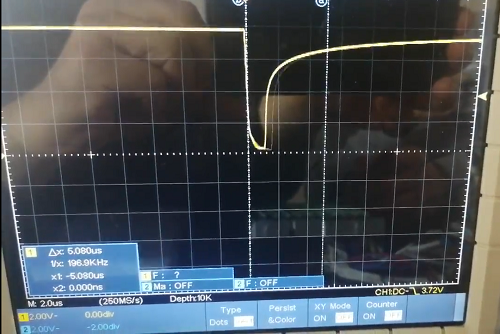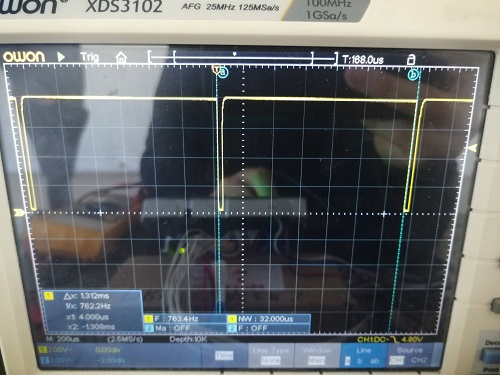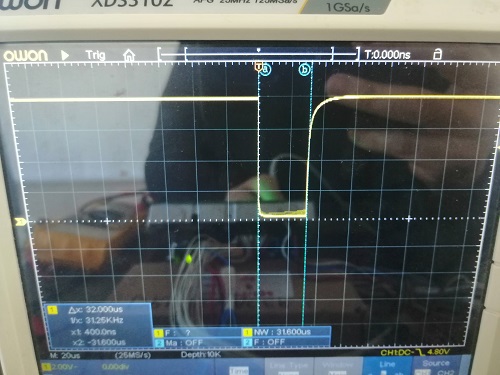Hi there to all of you. There are two micro USB ports on the ESP32 S3 Dev kit. One is identified as “UART,” and the other as “USB.” The “UART” port allows me to flash fresh firmware smoothly, however the “USB” ...Read more
Hi there to all of you.
There are two micro USB ports on the ESP32 S3 Dev kit. One is identified as “UART,” and the other as “USB.”
The “UART” port allows me to flash fresh firmware smoothly, however the “USB” connector does not. Since my ESP32 S3 is enclosed in a quadrangle, I am unable to access the RESET or charge buttons.
Is it feasible to use the “USB” port to flash a fresh firmware onto the ESP32 S3 Development kit?
Read less



Hello, Right, existing LED drivers all have PWM engines. It depends on the LED, some have Vf = 1.8, and some have 3.5V. So, 15x3.5 = 52.5 V in direct mode. Also current, 20 mA or more? For low current low voltage OPA may be an option, or OPA buffered by transistor for high CV. Thank You
Hello,
Right, existing LED drivers all have PWM engines.
It depends on the LED, some have Vf = 1.8, and some have 3.5V. So, 15×3.5 = 52.5 V in direct mode. Also current, 20 mA or more?
For low current low voltage OPA may be an option, or OPA buffered by transistor for high CV.
Thank You
See less